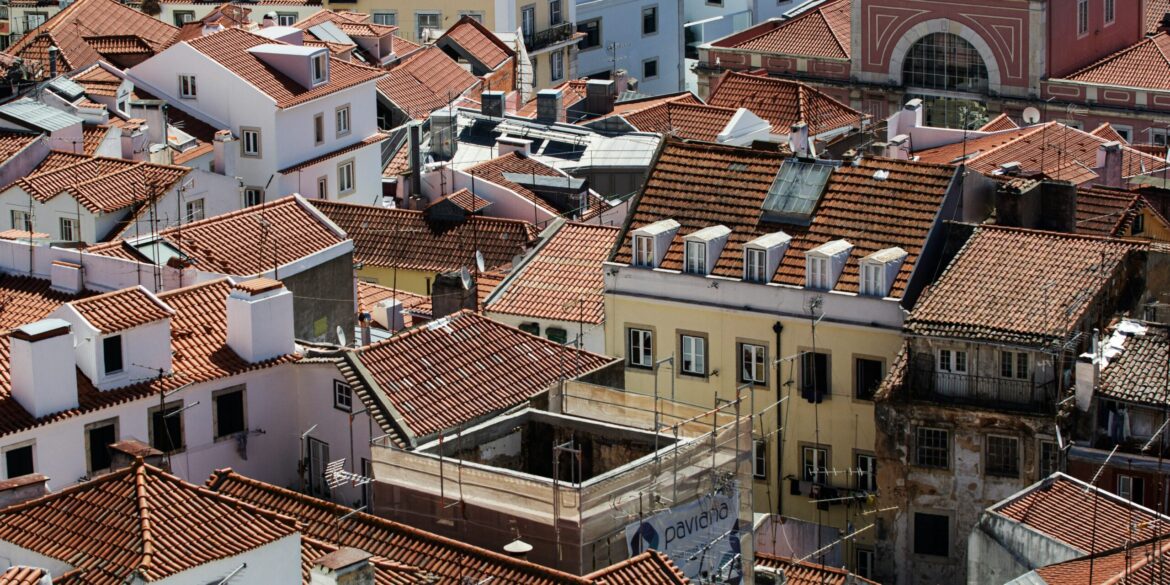Several U.S. cities, led by Atlanta, are embracing a simple yet powerful solution to rising temperatures: mandatory use of “cool roofs.” These rooftops employ light-reflective materials that bounce sunlight away, reducing building heat, energy use, and urban heat island impacts—a growing concern as cities grapple with hotter summers and climate extremes.
On June 2, 2025, Atlanta’s City Council unanimously approved Ordinance 25‑O‑1310, integrating cool roof standards into local building codes. The ordinance mandates that all new and replacement roofs meet defined solar reflectance and Solar Reflectance Index (SRI) thresholds. Specifically, low-slope roofs must maintain a 3-year aged solar reflectance of at least 0.70 and an SRI of 85, while steeper roofs must meet minimums of 0.21 and 20, respectively.
Experts predict these measures will deliver substantial benefits. During peak summer, Atlanta could see ambient temperatures drop by approximately 2.4 °F, while cumulative energy savings from reduced cooling demands may reach $310 million over decades, with an estimated $760 million in net economic gain. Moreover, improved air quality is expected: the ordinance is projected to reduce over 1,000 metric tons of air pollution, including ground-level ozone—an essential step toward healthier neighborhoods.
The legislation takes effect in June 2026 and includes efforts to streamline permitting and enforcement, signaling Atlanta’s intent to become a model of heat resilience and climate equity. Georgia Tech researchers involved in the policy process described it as a science-driven framework that targets the city’s most heat-vulnerable communities.
Atlanta’s move mirrors broader trends. Across the U.S. and internationally, cities facing rising urban temperatures are deploying cool roofs to mitigate downtown heat accumulation. A recent analysis from the Argonne National Laboratory found that large-scale cool roofing in Chicago could lower surface temperatures and decrease air-conditioning energy use by roughly 16.6%—outperforming green roofs and solar panels in cost-effectiveness. Reflective roofing also supports public health: a seminal University College London study estimated that white roofs in London could have reduced heat-related fatalities by nearly one-third during the 2018 heatwave.
In addition to lowering temperatures, cool roofs help cut energy bills. Research by the Lawrence Berkeley National Laboratory found that white reflective roofs can reduce peak cooling energy demand by up to 11% and overall air-conditioning energy use by 14% in commercial buildings. Annual household energy savings can vary depending on climate, but the summer benefits often outweigh minor winter heating penalties.
Cool roof policies also resonate with equity-focused climate agendas. Urban heat islands disproportionately affect low-income and marginalized communities, which often lack tree cover and air conditioning. By lowering outdoor temperatures and reducing indoor heat, these initiatives can protect vulnerable populations—children, the elderly, those with chronic illness—from heat-related illness. As Axios recently noted, such “relatively cheap, effective” interventions can save lives while serving as equitable climate adaptation strategies.
Atlanta’s ordinance also draws inspiration from long-time efforts in California, Florida, Chicago, and other jurisdictions, where reflective roofing standards have been successfully integrated into building codes for years. This growing patchwork of smart-surface policies suggests an emerging national movement in which cities use local authority to address extreme heat when federal action lags.
Yet, cool roofs are only one part of a broader urban cooling toolkit. Cities such as New York, Portland, and Singapore combine reflective roofing with green roofs, shade programs, cool pavements, and expanded tree planting programs to achieve maximum impact. Singapore’s multipronged strategy, for instance, achieved average temperature reductions of about 4 °F in greened areas and cut building energy use by 30%.
Nonetheless, implementation comes with challenges. Reflective surfaces can degrade over time, diminishing effectiveness without proper maintenance. Additionally, while cool roofs can modestly raise heating demand during winter in colder regions, studies show gains in energy savings typically outweigh those penalties. Costs and compliance also pose hurdles, as many building owners are wary of upfront expenses. In response, programs like New York’s CoolRoofs offer free installation on select buildings to offset initial costs.
Atlanta’s leadership may inspire other municipalities. Analysts at Columbia University have pointed out that state laws around building codes will determine how widely cities can follow suit. With an urban heat crisis intensifying, more communities are expected to consider similar measures to safeguard public health and energy resilience.
As heatwaves grow hotter and more frequent, cool roofs are gaining traction as low-cost, evidence-based tools for building climate resilience. By reflecting the sun rather than absorbing it, neighborhoods can stay cooler, energy bills can drop, and the most vulnerable residents can find relief. Atlanta’s bold step toward reflective roofing signals a shift in how cities are confronting one of the 21st century’s most pressing environmental threats.

